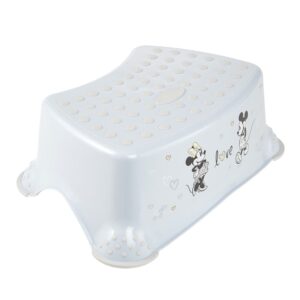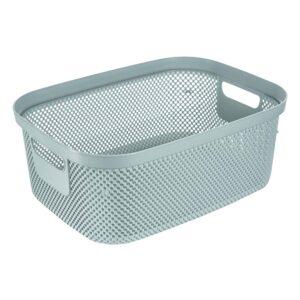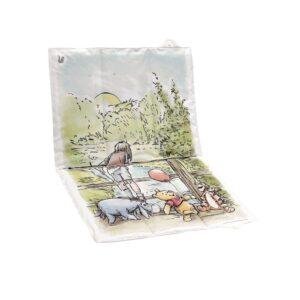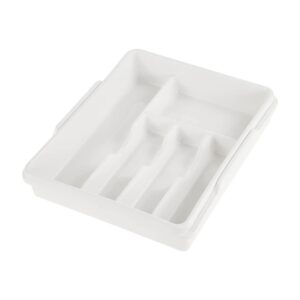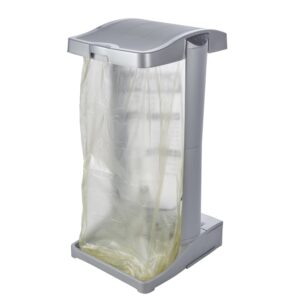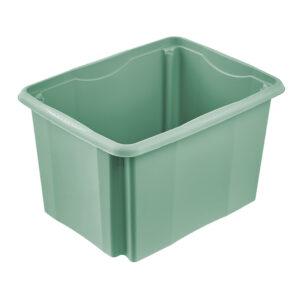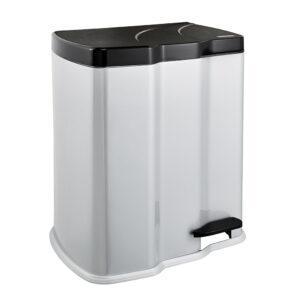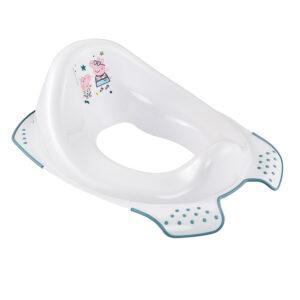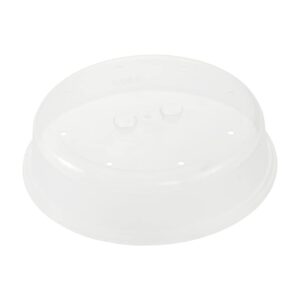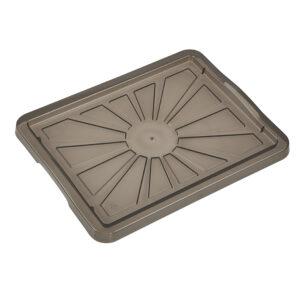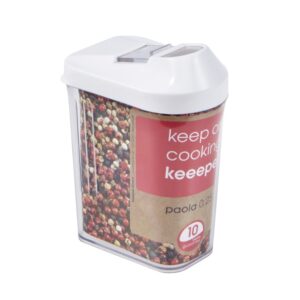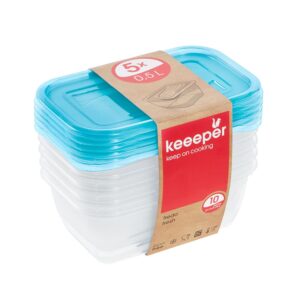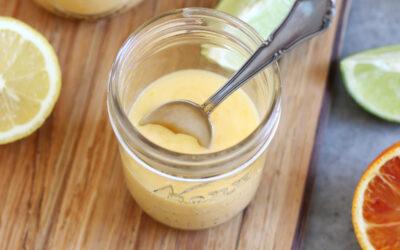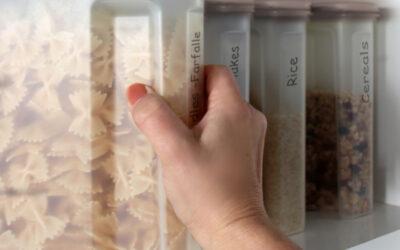Find here 10 of the best household tips for a clean kitchen.
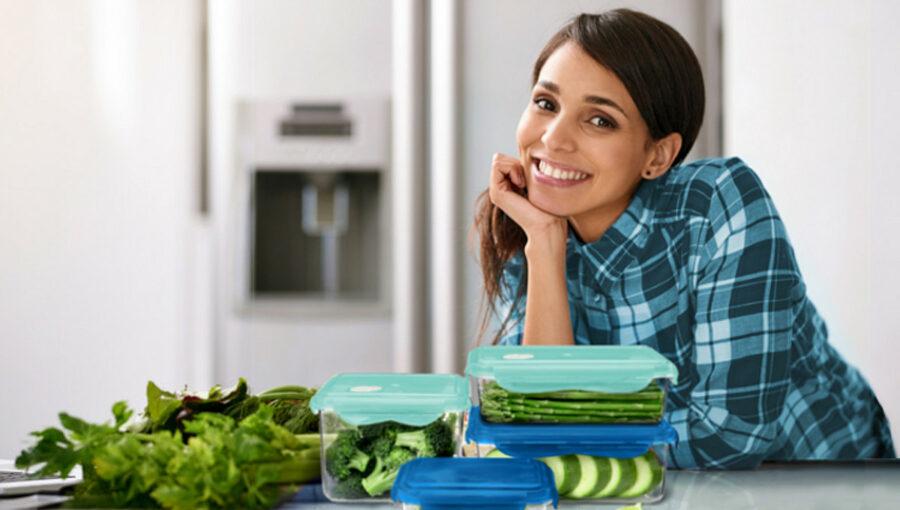
there are a few simple tricks you can use to keep your microwave, fridge, ect in order.
We will tell you how to clean and organise your kitchen fast and easy. Sometimes simple ingredients like lemon or salt are very functional cleaning supplies.
1. microwave is cleaned with lemon
If you forget the microwave cover or don’t pay attention properly, the microwave will be dirty by numerous splashes of soup and sauce. But with the power of a lemon, hygienic cleanliness is quickly restored.
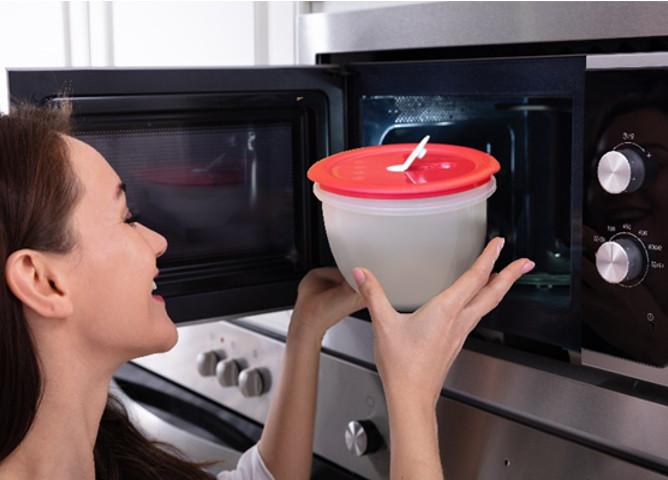 (iStock.com/AndreyPopov)
(iStock.com/AndreyPopov)
that’s how it works: Cut the lemon into slices, put it in a microwave bowl laura with water and heat it up for 10 minutes at the highest setting. Wipe out – finished
2. clean the fridge
The refrigerator should always be hygienically clean. You can use cleaning agents, but you can also use lemon
that’s how it works: Squeeze the juice of a lemon (for example with the matteo lemon squeezer). Then mix the lemon juice with warm water. Take a cleaning cloth and wipe the fridge with the lemon water. Now everything is clean, disinfected and smells good.
3. storage tips for the fridge
Food should always be stored well packed. Dairy products easily absorb foreign odours, so you should use butter dishes and sealable packaging. Sliced sausage, fresh meat and fish can be stored in food storage boxes, and even opened tins will keep longer in sealable containers (such as fredo fresh).
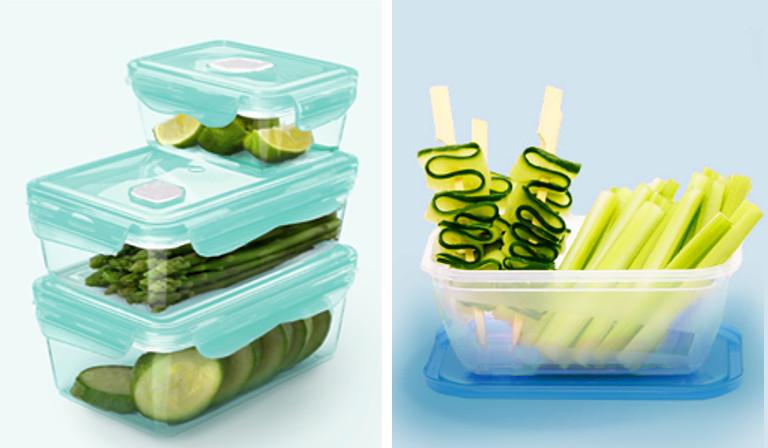
Cooked leftovers should be allowed to cool completely in suitable food containers before placing them in the refrigerator. If you use the Tritan® storage boxes tino, you can also freeze your food in these containers and/or heat it up in the microwave.
4. disinfect cutting boards
Unfortunately, wooden cutting boards often contain all kinds of germs – for example, when raw meat is cut on them. We have a tip on how you can disinfect the boards.
that’s how it works: First, clean the board with standard dish soap and let it dry. Then rub both sides of the board vigorously with half a lemon. Leave it to work overnight and then rinse the cutting board with plenty of boiling water. This way germs don’t stand a chance!
5. clarity and fresh fragrance for the dishwasher
Even in the dishwasher it can sometimes smell unpleasant. If the glasses are not cleaned properly, the whole thing can be quite annoying. We reveal what helps!
that’s how it works: Even in the dishwasher it can sometimes smell unpleasant. If the glasses are not cleaned properly, the whole thing can be quite annoying. We reveal what helps!
6. drain free
The waste water drains off very slowly in the sink or washbasin?
that’s how it works: Pour a sachet of baking powder and half a cup of vinegar into the drain, quickly put the plug on it and leave it to soak in for an hour. Rinse with plenty of hot water and the blockage is removed.
7. clean the cooker hood
Extractors are available in different types: There are filters with active carbon filters or with metal filters.
If an activated carbon filter is used as in recirculation cooker bonnets and is not replaced over a longer period of time, germs, bacteria and even mould can form very quickly.
that’s how it works: Activated carbon filters should be replaced after 10-12 weeks. Metal filters can usually be easily removed and cleaned in the dishwasher or manually with a grease remover and hot water.
8. oil versus grease
Over time, a nasty film of grease and dust forms on kitchen furniture. Scrubbing is often of little help.
that’s how it works: With a little cooking oil on a soft cotton cloth, the greasy coating is removed. Then wash it again with dishwasher detergent lye. Professionals wipe the surfaces dry with a lint-free cloth so that no limescale streaks appear. The kitchen shines like new!
9. clean the oven or baking tray with salt
Stubborn crusts and baked-on food are difficult to remove from the baking tray. With salt, the dirt dissolves almost by itself.
this is how it works: First you moisten the bottom of the oven or the baking tray with a cloth. Then sprinkle the stains and incrustations with plenty of salt. All soiling must be covered by a white layer of salt. Now heat the oven to 50 degrees. When the salt has turned to brown, you can turn off the oven and let everything cool down. Afterwards you only have to remove the salt and wipe it off with a damp cloth.
10. storing stocks correctly
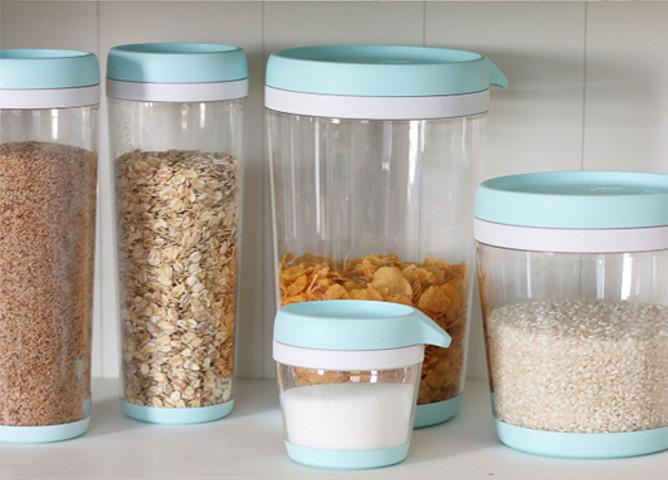
that’s how it works: Every foodstuff has a refrigeration area.
Fish and meat in the lower section of the fridge, dairy products above, cheese and leftovers on the top shelf, fruit and vegetables in the vegetable compartment. Jam jars and cooking oil do not have to be placed in the fridge. Bananas do not belong in the fridge either. They cannot tolerate cold at all and turn brown in the fridge within a very short time.
Food that can be stored for longer periods of time can be kept in pantries or storage cupboards at an average of 15 to 20°C, dry and dark. Pantries store flour, salt, sugar, canned food, dry products such as rice, noodles or oatmeal, and pulses such as dried peas, lentils and beans.
To prevent pests such as flour moths from spreading, you should always keep a close eye on your supplies. Always place new supplies at the back of the shelf and use up the older ones first. Pour opened packages into tightly closing containers made of glass, metal or plastic (for example, into a bruni or jean cereal dispenser).
keep on organizing!

